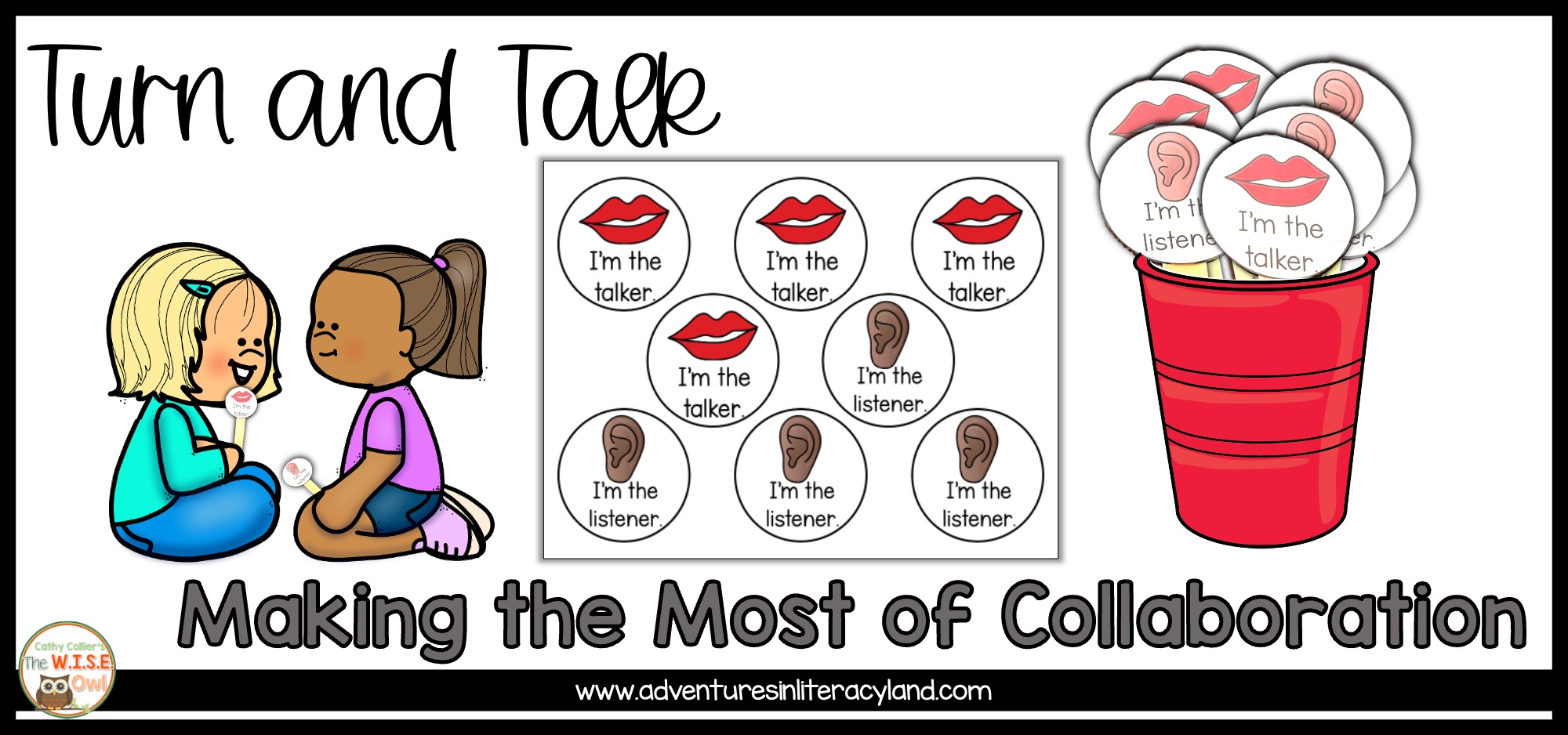"What did you do today?"
I have heard about it from parents year after year. I have heard about it from friends with kids year after year. I have experienced it myself. The dreaded answer to that question....
"Nothing."
The child comes home from school and they have absolutely nothing to say about their day. Was it boring? Were they not challenged? Are they unhappy at school? What is going on?
I think that having this conversation with a child is very important. It promotes:
- reflection
- retelling skills
- vocabulary
- language skills
Asking the Right Questions
Now that I have two school age children, I have received the dreaded answer several times. "Nothing"... "I can't remember" or even "Mom, it is the same thing everyday!" Okay. I know that none of these are true. So I had to change my questioning technique.I still ask each day "What did you do today?" But if I don't get the answer I want, then I probe a bit further.
- What book did your teacher read?
- What math game did you play?
- Who did you play with at recess today?
Newsletters
This may seem a little obvious because I think pretty much most/all teachers send newsletters to keep families up to date on what is going on in the classroom. There are a few small things that we may be able to add to help our parents.- Specific book titles--this allows parents to ask questions about the exact book being read
- Vocabulary words--this year I am including these specific words and asking parents to use them, too
- Questions--last year I started listing some questions that parents could ask their students about the lessons that were occuring
- Apps--I list one app or website that we will be using so that families can try it out as well
Social Media
Another way to help our parents engage in these conversations is through social media. This summer I learned about several teachers using Twitter and blogs to reach out to their families daily. I really wanted to try this out and I decided to use the Remind app.Remind is a free communication tool for teachers. Parents can get the message through email, a text message, or the app. It is very easy and quick to use. The message can be a sentence or two, an image, or a voice clip. Once the account is set up by the teacher, parents choose to sign up for these notifications.
With this app, I have been sending one image a day highlighting something that was done. My hope is that this daily information will provide parents with information to ask questions about their child's day. Here are some examples:
There are so many other apps and methods to this approach available to teachers; however, this one has been quick and effective for me this year so far. I look forward to talking to parents at conferences about the impact that this has made on them.
What do you do to help promote these conversations at home?











































